It’s better to be safe than sorry, and that applies to grocery shopping, too. We let our guard down while we shop; we’re more interested in satisfying our cravings than in buying the right stuff.
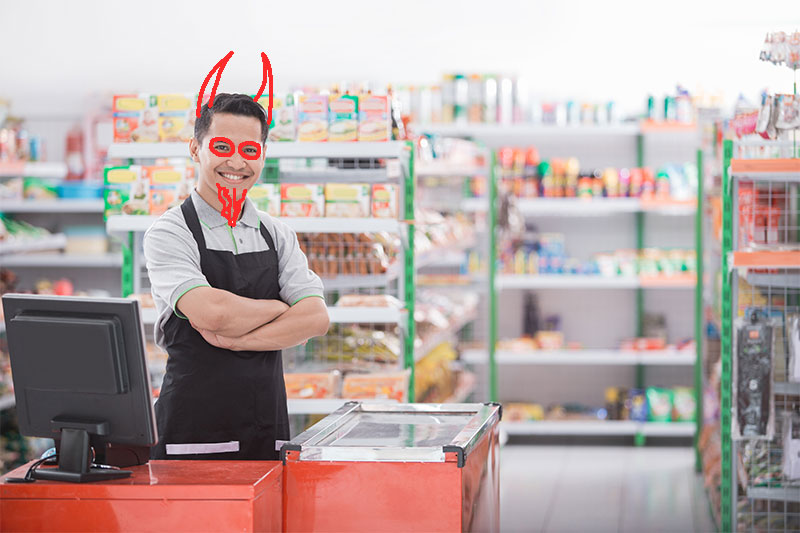
Let’s face it; we don’t have an idea about how the retail market works. Grocers, in contrast, know more than they’d want too.
Here are 12 things your grocer won’t tell you, but that you should most definitely know.
#12 – Expiration dates don’t mean a thing
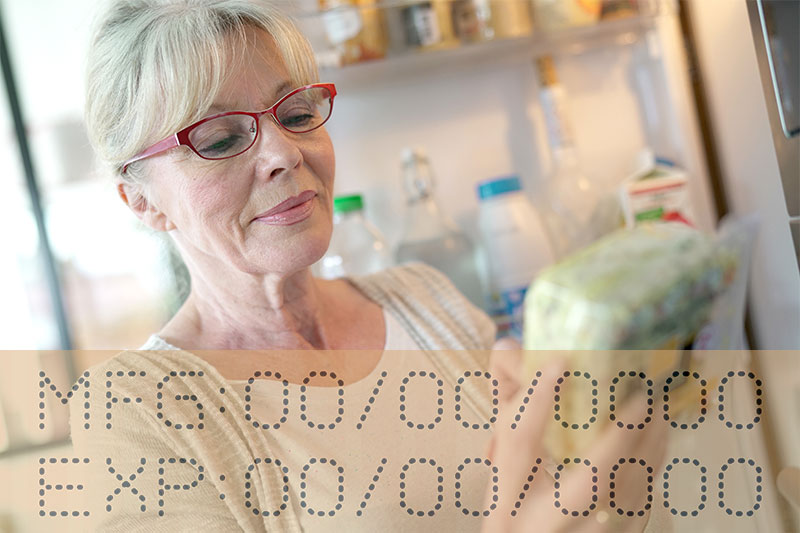
The government puts pressure on manufacturers to print expiration dates on all their products, although many of them, like canned goods, don’t really need them. They also calculate expiration dates weeks or even months before a product is really at risk of going bad.
There’s more: You might have seen the “Best before” dates, which are completely different that expiration dates. Best before means a manufacturer believes its products are on their prime, but in reality, not much changes in the food after that date.
What your grocer won’t tell you either, is that products are relabeled often, so watch out for labels over labels.
#11 – Sales make you spend money, not save it

Who can resist a sale, right? Well, it’s precisely that uncontrollable urge to save money, what groceries and supermarkets use to make us spend more.
On an average trip to the supermarket you’ll take a maximum of two identical items, that’s according to marketing studies, but offers can boost that number to four or six items. You might save a few pennies, but you’re spending much more than you wanted to.
The bigger the sale sign, the least benefits, those beautiful displays at the end of the isles are the most dangerous, so don’t buy more than you need; the pennies aren’t worth it.
#10 – Shopping carts are dangerously unhealthy
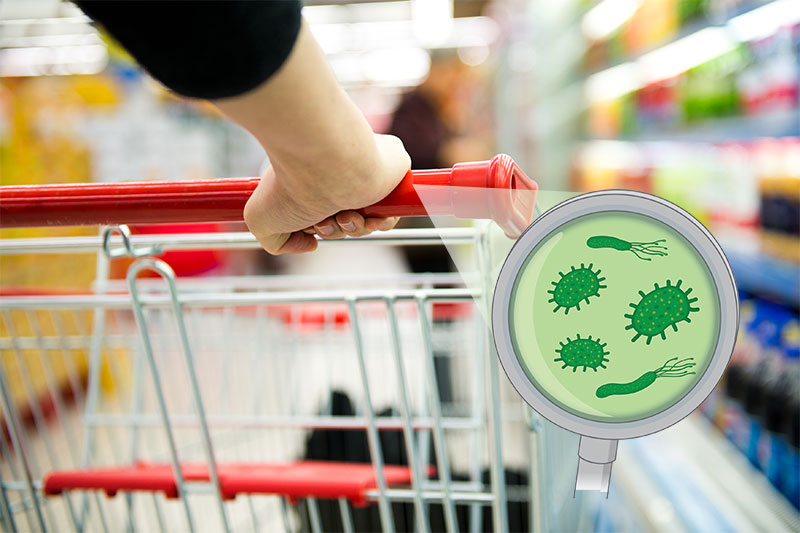
On a busy day, hundreds of people touch the same cart your pushing right now. Those are too many hands! Remember, our hands have more bacteria than any other part of our bodies. It just takes one person to have a cold (or something worst) to spread the disease to dozens of people.
What’s worst, shopping carts are never washed or sanitized, so the sweat, mucus, bacteria, dead skin cells, all of it stays there waiting for you.
#9 – Meat often gets relabeled
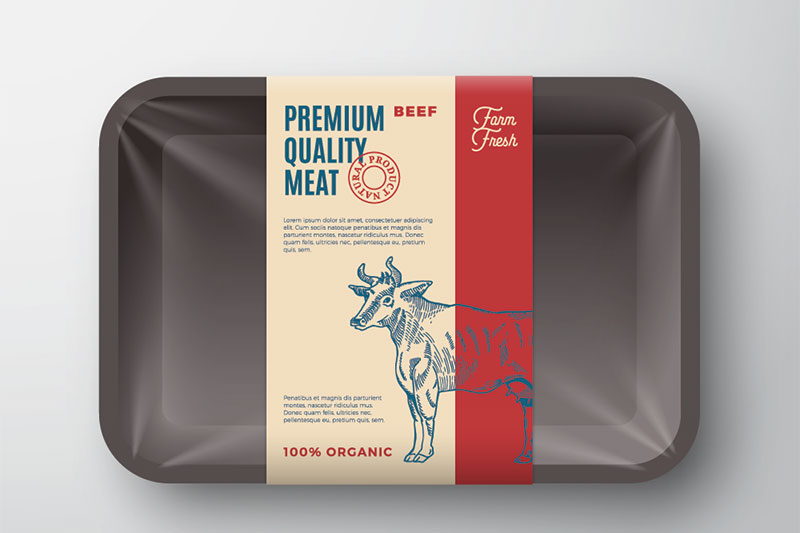
Don’t you think it’s suspicious that all those in-store packaged meat, fish, and chicken have the same packaging date? And it’s often the same day you went shopping? It’s because, in some places, the meat gets relabeled daily!
Let’s be honest, the supermarket doesn’t sell out on packaged meat every day, just visit the stores before closing, and you’ll see the displays are as full of packs of meat as in the morning. No one wants to buy yesterday’s meat, so what do supermarkets do? They relabel it.
#8 – Almost nothing is fresh or healthy
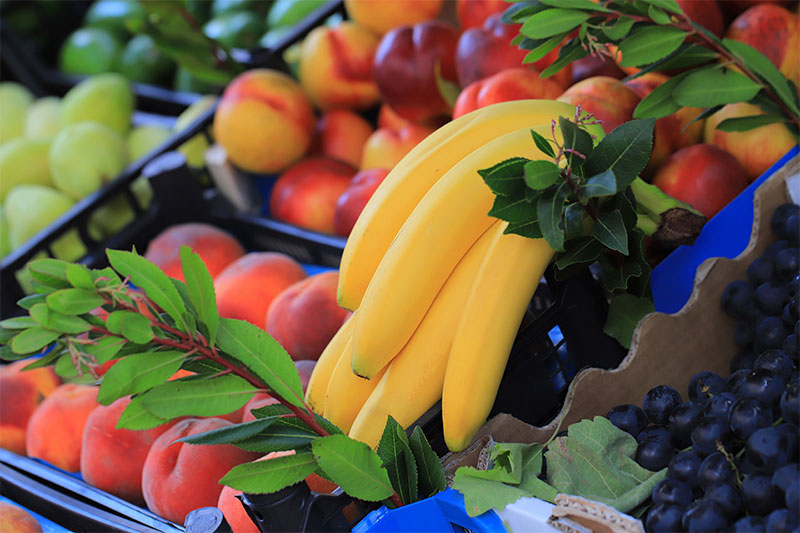
This is an optical illusion. It’s not a coincidence that the fruit and vegetable sections are close to the entrance — they give you the sensation of fresh produce when in reality, over 90% of the items in the store are processed food.
“I’m gonna buy fresh fruit for my family,” you say, but you end up with a cart full of boxes and bags of processed food. Sure, you might get a few apples and avocados, but what about the rest of your groceries?
#7 – Shopping lists aren’t much of a strategy
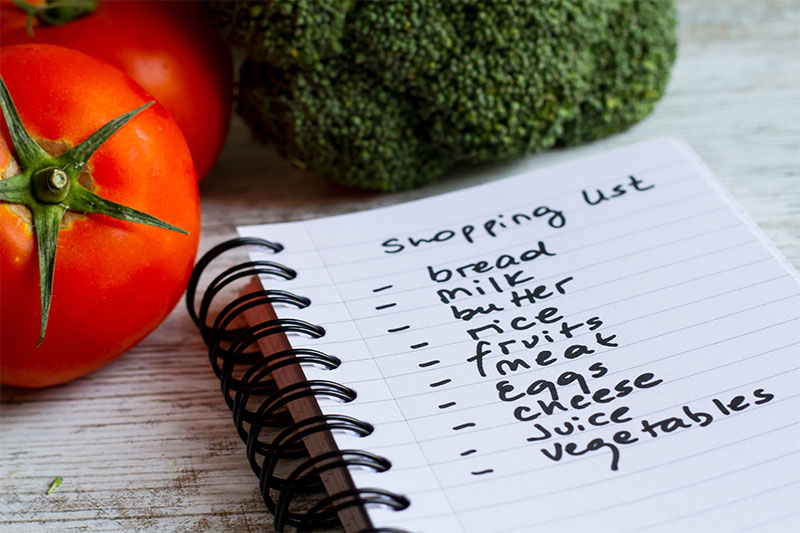
There’s a bit of controversy in this one. Shopping lists are helpful, and you should stick to them. Recent studies, though, show that people buy more when they carry a shopping list that when they don’t. You treat yourself with something off the list every time you cross an item out.
Isn’t that crazy? We think we’re under control, that we know what we’re doing, but ultimately, we’re just can’t beat our instincts.
#6 – Red meat is not always better meat

This is plain awful. Commercial butchers and big retailers use nitrates to make the meat red (or red-er, at least.) Because no one wants to buy the pale, brownish steaks, right? There are no pigments added; it’s a chemical process that makes red meat look brightly hued.
Freshly butchered meat is naturally red because cells still have oxygen, but that oxygen dissipates, making the meat turn brown or gray. Unless the meat is fresh, it’s red because of added chemicals.
#5 – What you really need is in the back
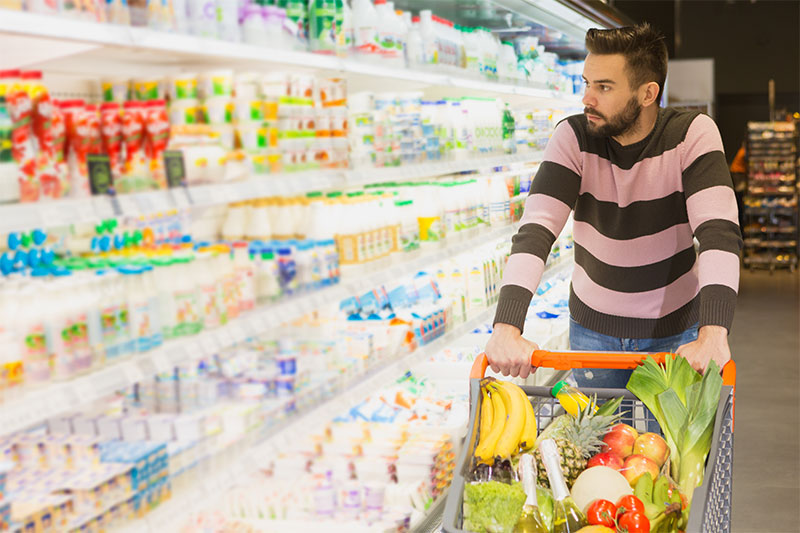
Marketing experts design supermarkets and grocery stores based on behavior studies; they determine what goes where to increase the chances of us buying them.
One of the most common tricks is placing essential items like milk or toilet paper in the back of the store. By the time you reach the milk aisle, you’ve walked through hundreds of products, and your cart is already half full.
#4 – Not all stores carry the same items
This might sound obvious, but it’s actually quite unfair. Grocery stores in disadvantaged neighborhoods carry fewer items than others in more-privileged areas. And it’s not only the number of different products, but of different options for the same product.
This means that people living on the wrong side of town don’t even have the opportunity to eat healthier and better. Prices vary from place to place, too, so now you have something else to think about before hitting the stores.
#3 – Drive the wrong way if you want to save
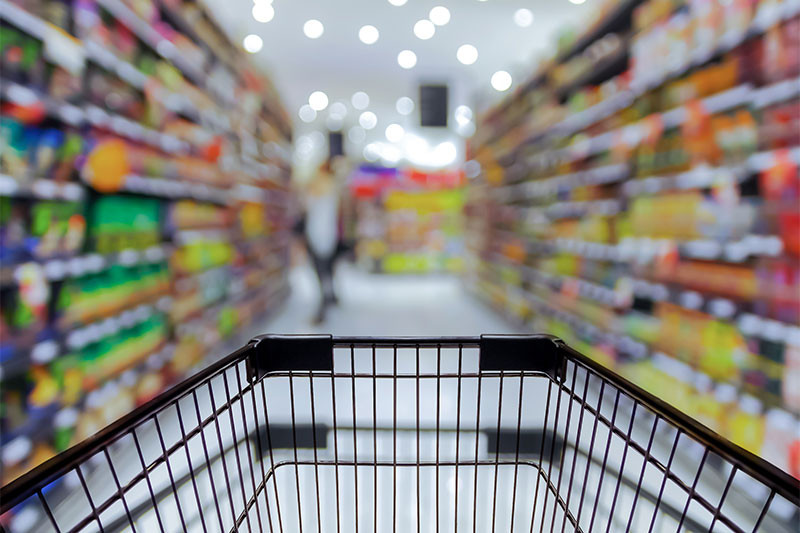
Grocers are sneaky, and they have a team of researchers on their side. We’re used to driving our cars in the right lane, right? we do the same in the supermarket. That’s why the items with higher margins are always on the right side of the aisles.
If you want to save money, drive in the opposite lane, you’ll get a few disapproving looks, but hey, money is money.
#2 – Bread is probably not fresh either
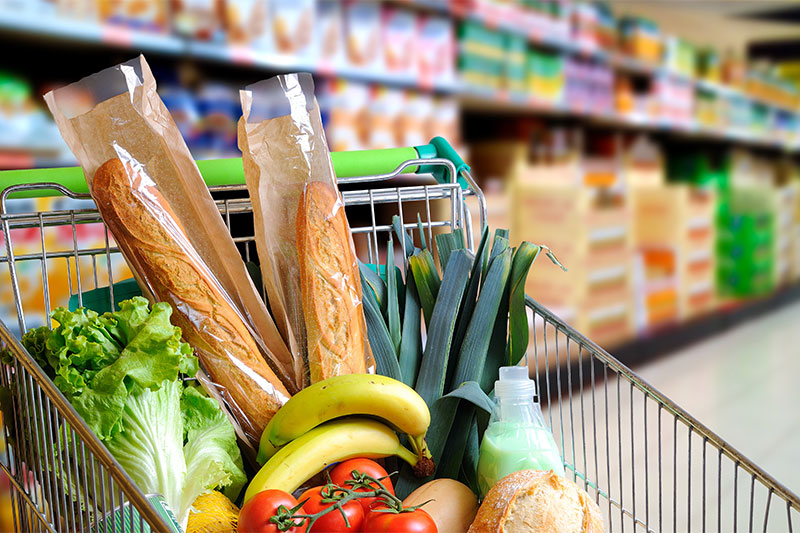
The bread section in supermarkets has gotten bigger and nicer through the years, you feel you’re entering an artisan bakery, but in retail, nothing is what it seems.
Most of the bread is made somewhere else, and it’s delivered frozen. Employees bake the stuff, sure, but it’s still an industrial product that might have some preservatives and who knows what else.
#1 – The store-branded items are your friends
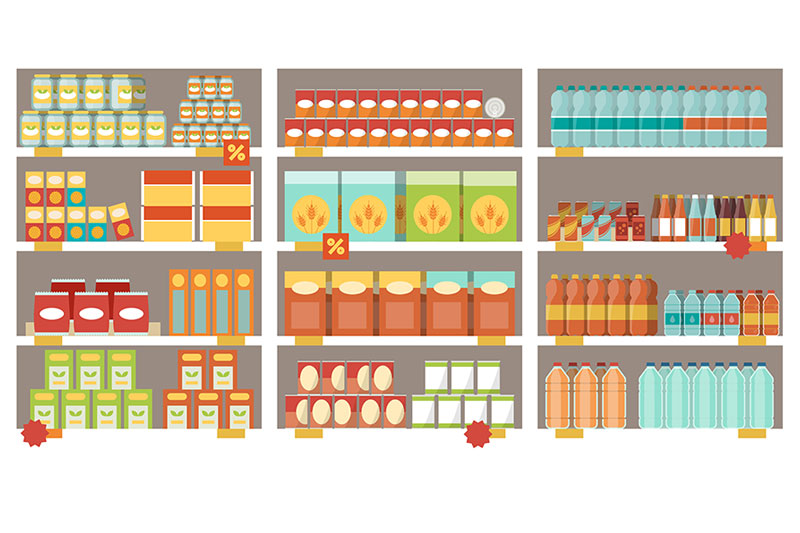
Not everything is bad news. If you’ve been ignoring store-branded products, you’ve been doing everything wrong.
Big supermarket chains commission some of the best producers in their field to custom make store-branded products. Quality is the same, and the prices are much lower. Whether its milk, coffee, or potato chips, buy the store-branded products, and you’ll be saving quite a lot.
We guess you’re not that hungry after all.
Supermarkets can be dirty, yes. And grocers try to trick you into buying more stuff in every opportunity, sure. For now, there are few things we can do: Practice mindful shopping, basic hygiene (wash those veggies!), and try not to buy too much unnecessary stuff.
Things might not change soon, but at least now you know.


